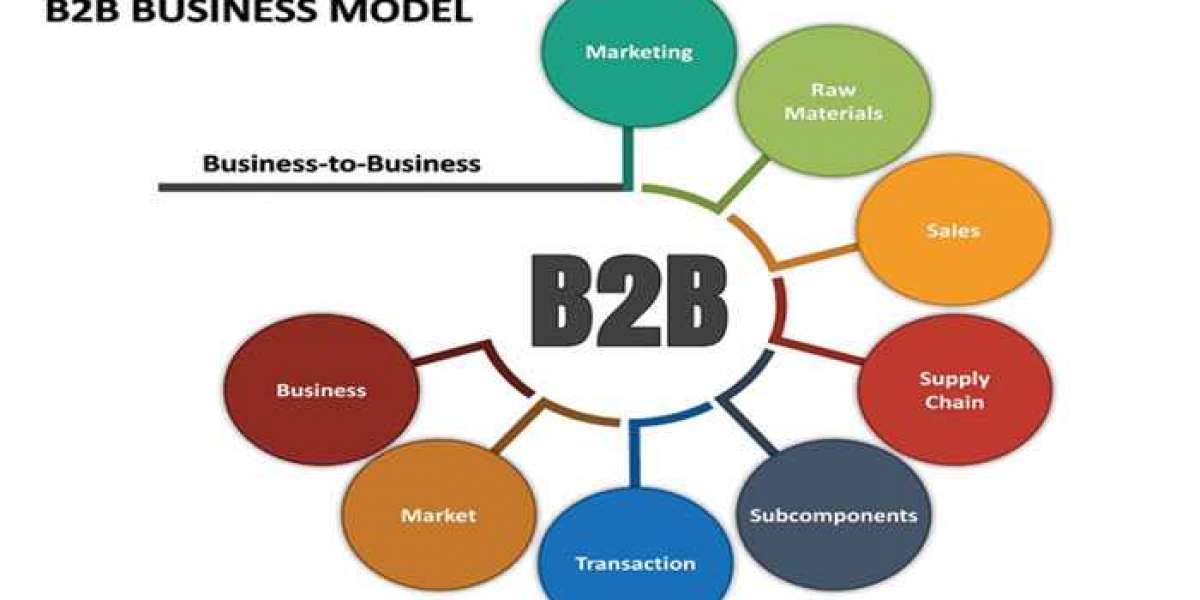People's relationships with brands are even more complex in the business-to-business (B2B) setting. For example, manufacturing, distribution, retail and consumer payment processing are intertwined through a complex maze of B2B relationships.
Financial services organizations often sell to end customers through a diverse network of intermediaries. In healthcare, pharmaceutical companies sell medical equipment, devices and medicines to hospitals and physicians and rely on these professionals to treat patients.
A B2B brand team must consider many influencers and decision-makers when planning marketing and navigating the sales process. Some may hold senior positions, others may be IT professionals or HR executives, while others may be playing product and service development roles within the professional organization. Regardless of position or responsibility, these professionals need to know and use their impressions, attitudes and behaviours to influence product, brand, marketing and communication strategies.
The role of Insight Partner with a B2B working organization is to cover needs and opportunities in various areas, which will strengthen the relationship between the brand and the customer and enhance their portfolio with innovative and relevant offerings. The Framework of Insight should clearly, and in-depth identify the importance and frequency of decision-making needs. Understanding how to change buyers' attitudes and behaviours will highlight the necessary evolution of a brand's portfolio offerings.
The complex relationship between the B2B brand and its customers, and the ever-changing needs of consumers, make B2B research highly specialized and seemingly difficult. However, B2B users have a very clear and active role within any organization because they are often guided and judged by emotions rather than pure logic or common sense. One of the fastest-growing practices in B2B research is using mixed methods to capture both functional and emotional factors that contribute to these professionals' decisions.
Using multiple research phases (qualitative and quantitative) and a mix of qualitative methods leads to a deeper understanding of B2B decision-makers. This combined approach is becoming the gold standard in creating B2B insights and offers several key benefits to a brand team. Here are some guidelines for developing a mixed methodology.
Research design
Use a set of perspectives that allow you to gain insights at the macro level while also providing ground perspectives to bring those insights to life.
Research phases should be grouped in a meaningful way so that they are interdependent.
٭ If the quality is deemed appropriate, set the right approach for the work and the audience.
Create internal stakeholder interviews in design. Use these dialogues with a cross-functional selection of business managers to better understand the organization's structure, problems and goals.
Sample plan
Spend time doing desk research (online, Dun Bradstreet, other list sources, etc.) on your survey population to assess the market structure. This will allow you to set the interview quota properly.
* Talk about the population census and make sure surveys are sent and incoming responses are included appropriately.
* Define that the smaller the sample size, the higher the error margin.
Recruitment and screening
The screen is only for factors that are necessary for the study.
Understand that fraud rates are high for B2B research, especially when using online panels. Therefore, cover the eligibility criteria in the lists, thus making it difficult for the receiver to estimate the response patterns.
Plan as many interviews as possible (more than 10-15% quota) as this will allow you to remove the wrong or deceptive ones.
Data collection and quality
Use red herring questions and open-ended answers to catch fraudulent respondents.
Create multiple standards for the emission process and check the data continuously while the field duration is still active. Change the ejection process in a way that maintains the integrity of the reaction formation.
Use desk research and market advanced information to determine the accuracy of all results.
No matter what development problem the B2B brand team faces (from goal setting to innovative development), deeper and more important insight guides mixed decision-making strategy decision-making.




Mimi 1 w
Nice